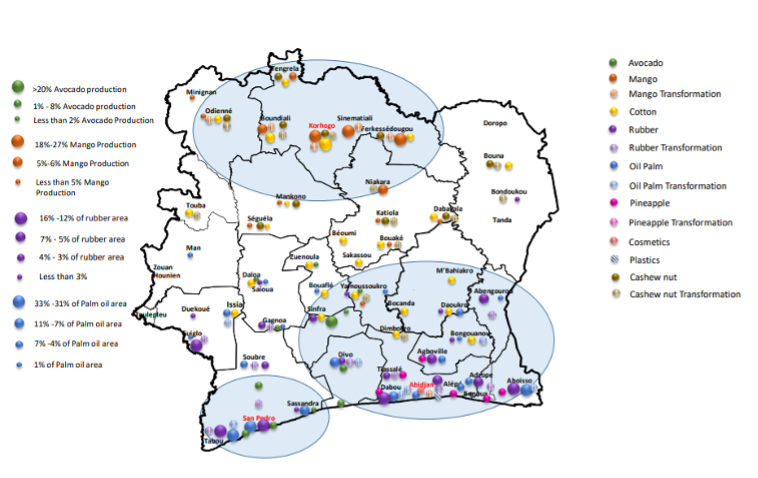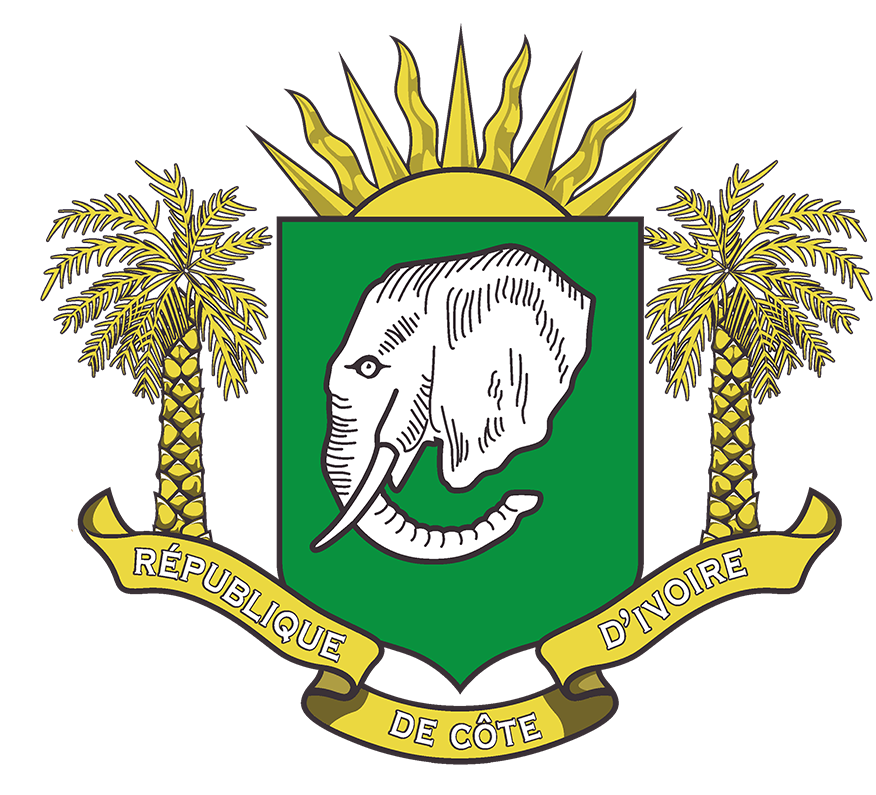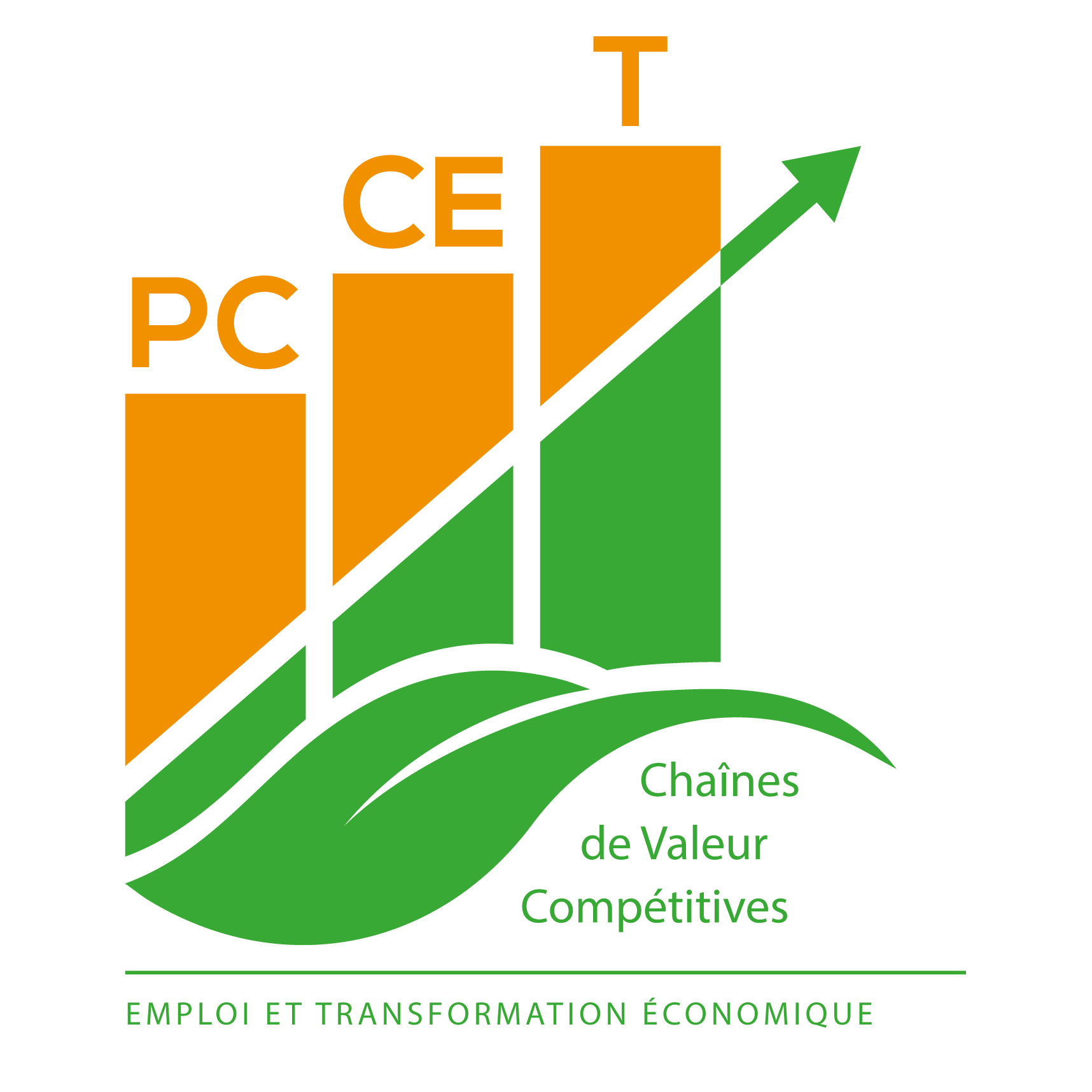Presentation of pccet
 Côte d'Ivoire has achieved significant economic growth over the last decade. Indeed, Ivorian GDP grew by around 8.2% a year from 2012 to 2019, under the impetus of the reforms initiated by His Excellency Alassane OUATTARA, President of the Republic. Despite the Covid-19 pandemic, Côte d'Ivoires was able to achieve positive economic growth in 2020. Côte d'Ivoire's GDP will rebound to nearly 7% in 2021, and should continue to do so in the coming years.
Côte d'Ivoire has achieved significant economic growth over the last decade. Indeed, Ivorian GDP grew by around 8.2% a year from 2012 to 2019, under the impetus of the reforms initiated by His Excellency Alassane OUATTARA, President of the Republic. Despite the Covid-19 pandemic, Côte d'Ivoires was able to achieve positive economic growth in 2020. Côte d'Ivoire's GDP will rebound to nearly 7% in 2021, and should continue to do so in the coming years.
![]()
To maximise the impact of its economic growth, Côte d'Ivoire will need to create more and better jobs, particularly in the agricultural and agro-industrial sectors. Côte d'Ivoire must continue to integrate into global agricultural value chains through the processing and marketing of higher value-added products that create jobs, particularly for young people and women.
With the aim of strengthening the industrial fabric devoted to the processing of agricultural products, the Ivorian government has mobilised financing of 200 million US dollars (USD) from the World Bank for the implementation of the Competitive Value Chains for Employment and Economic Transformation Project (PCCET). The PCCET is implemented by a Coordination Unit attached to the Office of the Prime Minister, Head of Government.
![]() The PCCET is part of the Government's 2021-2025 "Côte d'Ivoire Solidaire" programme and the "Côte d'Ivoire 2030 Strategic Plan". The PCCET will finance activities aimed in particular at correcting market weaknesses in the value chains supported (mango, pineapple, rubber, oil palm, textiles & clothing and shea). The PCCET will also support the IDA19 special theme "Jobs and Economic Transformation", in particular by increasing productivity through diversification; attracting national and international private investment; stimulating international integration through more competitive value chains; facilitating trade; and promoting technological upgrading and better access to finance for Ivorian businesses. The project takes place in the geographical areas of the value chains supported. The geographical orientation of the project is as follows.
The PCCET is part of the Government's 2021-2025 "Côte d'Ivoire Solidaire" programme and the "Côte d'Ivoire 2030 Strategic Plan". The PCCET will finance activities aimed in particular at correcting market weaknesses in the value chains supported (mango, pineapple, rubber, oil palm, textiles & clothing and shea). The PCCET will also support the IDA19 special theme "Jobs and Economic Transformation", in particular by increasing productivity through diversification; attracting national and international private investment; stimulating international integration through more competitive value chains; facilitating trade; and promoting technological upgrading and better access to finance for Ivorian businesses. The project takes place in the geographical areas of the value chains supported. The geographical orientation of the project is as follows.

Coverage zone


